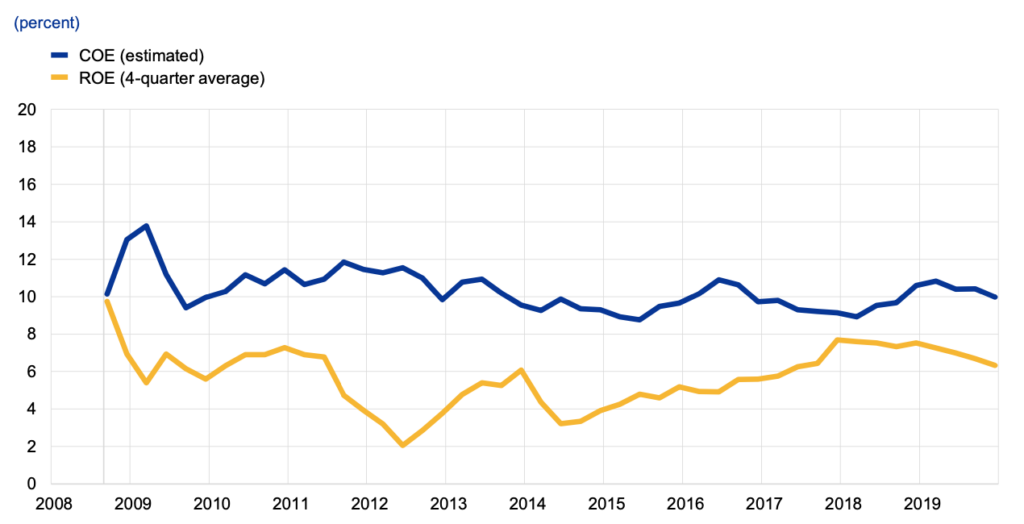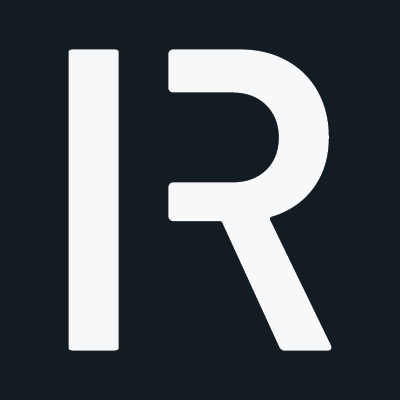We recently teamed up with Tuum to create a new white paper that discovers how next-generation technology enables true business transformation in banking. In the paper, we invite you to discover the most important market shifts happening in banking and fintech right now, the key technologies driving the industry forward, emerging business models as well as what to look out for when procuring new technologies.
This white paper is aimed at executives from both technological and business backgrounds that aim to successfully upgrade their IT landscape and accelerate their digital transformation processes. You can download it directly via Tuum here.
First off, financial services providers face significant challenges due to ever increasing regulatory requirements, competition from agile fintechs and deep-pocketed large global firms, evolving customer expectations as well as legacy technological and organisational debt. Coupled with further macro factors outside of banks’ control, such as rising inflation, low interest-rate environments and excess liquidity, the majority of European banks have consistently operated with higher cost of equity (COE) than return on equity (ROE). The gap between ROE and COE is used by investors to measure a bank’s profitability and whether a bank’s performance is meeting returns required by investors. Consequently, it’s not a surprise that many banks trade below or on par with their book value.

Comparing European banks’ COE and ROE. Source: ECB
It’s important to acknowledge and respect the momentous challenges ahead of the industry, therefore, this is not a “banks are doomed” piece. Quite the contrary, we have been dissecting some of the recent structural market shifts to create the sense of urgency needed to re-organise and prepare for the next phase of growth.
While banks cannot influence environmental factors, the paper highlights the recent trends that can be leveraged as accelerators of growth. More people are banking digitally than ever before and most banks have shown great resilience in the wake of the Covid-19 crisis. Given the fact that most new value creation occurs right after financial crisis, now is the time to build. Banks have access to new technologies that underpin radically new business models, which are needed to compensate for dwindling balance-sheet-based income towards more lucrative fee- and service-based income. Specifically, we outlined three fundamental technological shifts that any bank should leverage in order to prepare their tech stacks for the future:
- Cloud
- Microservices
- Application Programming Interfaces (APIs)
A second-order-effect of the increased adoption of these technologies is the emergence of embedded banking, as the barrier to seamlessly integrate financial services into 3rd party environments continuously drops. Brands of all segments have spotted the opportunity to branch out into financial services origination (or even provision) in order to increase revenue per user. We account for this trend in the paper by outlining key emerging business models in the era of embedded finance. The business models that most recently have and will continue to generate most value in banking are origination- and platform-based, which we highlighted as aggregators and platforms.
“The time to adopt modern technologies is now, and finding the right technology vendor has never been more critical. Top-tier banks, fintech challengers and brands outside of the banking industry are already seeing success and positioning themselves for the future of financial services by leveraging Tuum’s platform to digitally transform their business and launch exciting new value propositions. Tuum is your trusted business partner as you innovate, scale, and progress.” – Rivo Uibo, Co-founder, CBO Tuum
Most conversations around digital transformation tend to overly focus on the technological aspects, even though technology per se is rarely driving intrinsic value. Rather, they enable the creation of new business and operating models, which we are highlighting in the paper as well. The best return on investment is generated by combining modern technology (ability to execute) with new business models (ability to monetise). Consequently, the way technology is procured should be modified to account for this new reality, complementing cost and technical assessments with more strategic considerations around new business models enabled, new value pools created and capabilities-to-serve enhanced.
“The market-leading financial services providers of tomorrow leverage technology as a key competitive advantage and enabler, rather than a cost centre. Digital transformation is about re-defining the end-customer experience, enabled, not defined, by technology.” – Adrian Klee, Partner, Ross Republic
Beyond the changes in procurement approaches, banks now face an ever growing landscape of technology providers. They range from large incumbents with extensive product suites to new fintech players with specialised services, such as payment processing or credit underwriting. Some providers even get their own licenses and provide their regulatory expertise as a service. Hence, it’s only natural that the emergence of concepts and widely used terms like core banking, open banking, open finance banking-as-a-service, causes confusion. In order to provide more clarity, we have created an overview of providers and organised them in new segments:
- Fullstack vs. niche providers
- Providers with vs. without a licence
I highly recommend to check out the paper in order to gain a more comprehensive overview of these segments, however one important aspect I’d like to highlight is the difference between the usage of core banking vs. banking-as-a-service (BaaS) providers. Most notably, core banking providers like Tuum do not come with any sort of license, hence their customers are either already regulated financial institutions or they partner up with 3rd party banks in the background. The big advantage here is that a core banking system allows greater configurability and freedom to launch banking products that fit an exact use case and value proposition. Additionally, expanding the product set and geographical expansion is not bound to the license of the provider. In contrast, BaaS providers come with a license and thus potentially allow to launch faster, especially when the customer is not experienced with the regulatory details of the financial industry. Instead, customers of BaaS providers essentially drop their branded front-end on top of a card and an online banking interface and are ready to go, leaving the operational and regulatory aspects, and to some degree the margins, to their partner. Both options are valid and the right choice of course depends on the longer-term strategy of the customer.
Next to framing the key segments of technology providers, we summarised the key aspects to consider when choosing a new (core) technology solution, ranging from configuration aspects to functional coverage to pricing. This provides a first overview and checklist for any manager or buyer seeking new tech solutions in banking.
You can find our latest white paper for download here via Tuum’s website. If you have ideas, feedback or questions around it, please feel free to get in touch with us!

About the author


